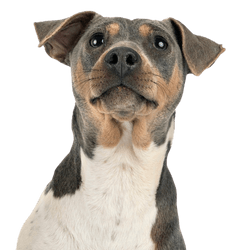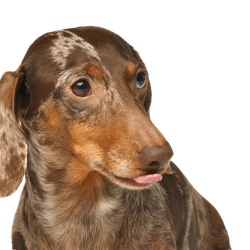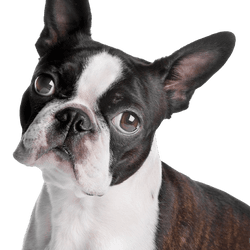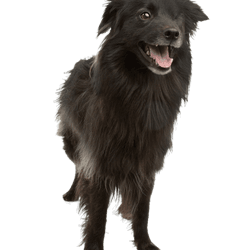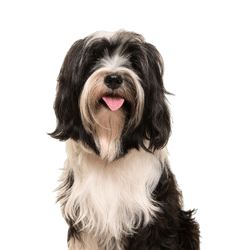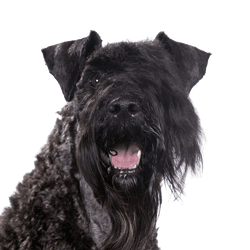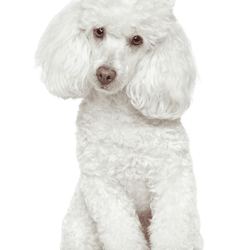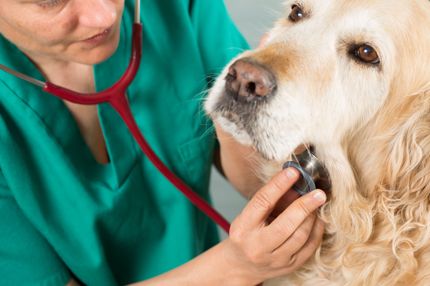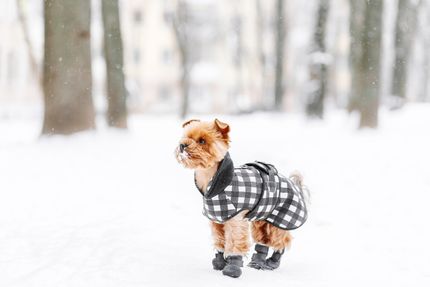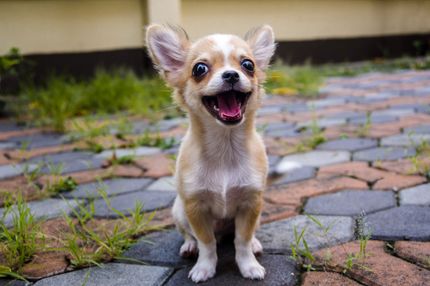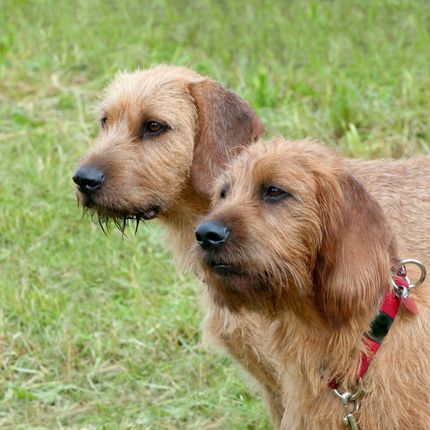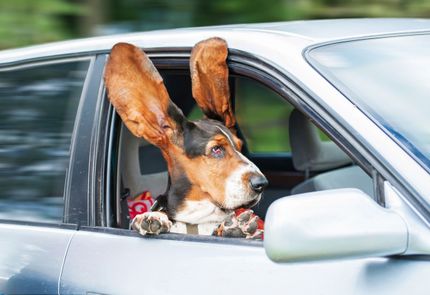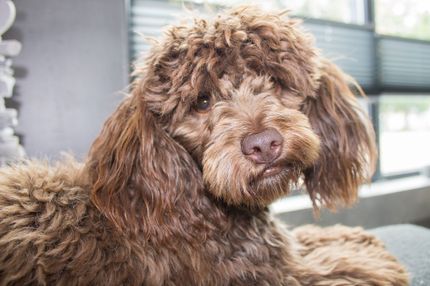Facts & Origin
Origin of the Kai
The Kai, also known as Kai Ken or Kai tora-ken (tiger dog), is one of Japan's indigenous and rare dog breeds.
Region of origin: It comes from Yamanashi Prefecture and was originally bred in the mountainous regions of central Japan.
Conservation: The Kai was officially recognized as a National Natural Monument of Japan in 1934. As a result, efforts have been made to preserve and protect this rare and historic breed.
Past and present use
With the introduction of firearms, the Kai was specifically used by professional hunters to hunt deer and wild boar.
The breed was not officially recognized in Japan until 1934, but remains relatively rare to this day. Due to its legendary courage, the Kai was long considered too primitive to be suitable as a family dog - a misconception that has since been disproved. In the USA in particular, the Kai has proven to be a gentle and loyal companion and a loyal family dog.
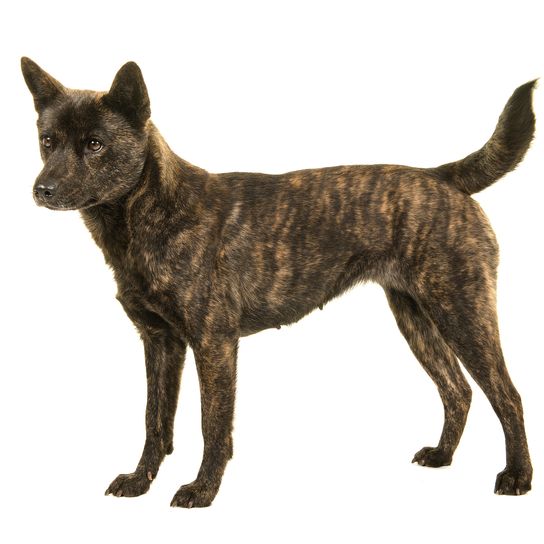
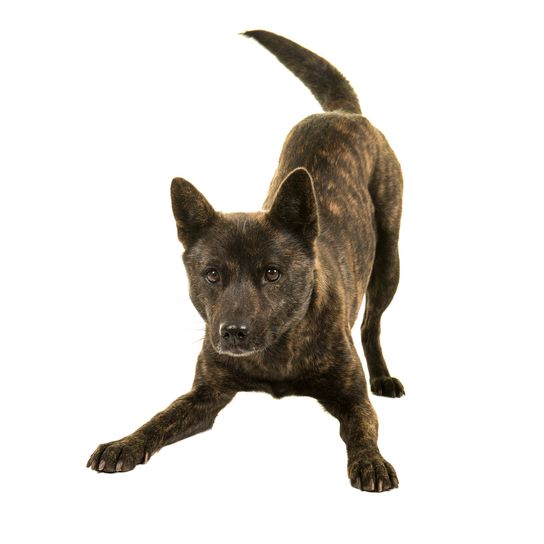
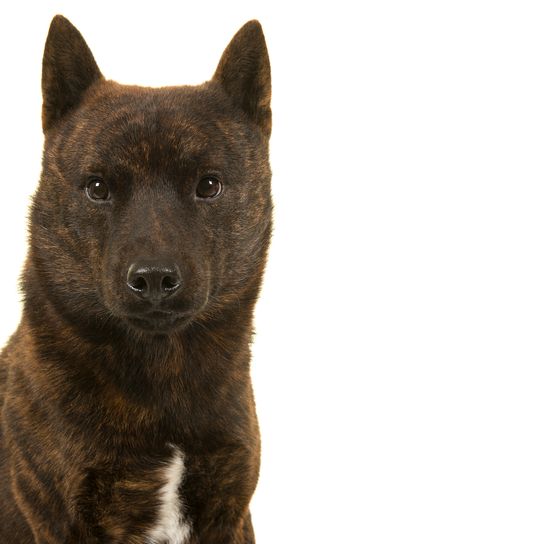
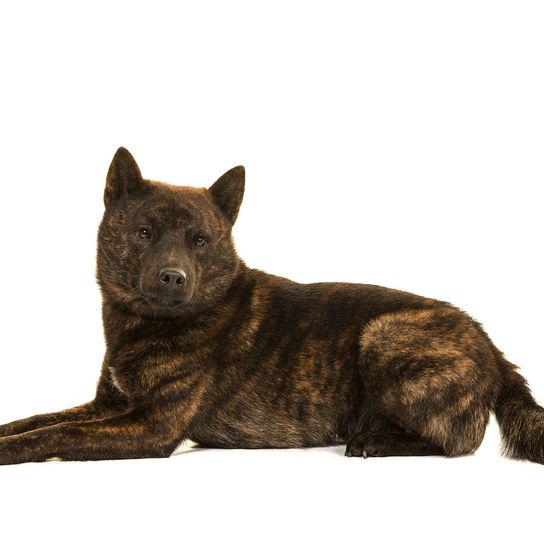
| Alternate Name | Kai Inu, Tora Inu, Kai tora-ken |
| Origin | Japan |
| Life expectancy | 14 - 16 years |
| Care requirements | low-maintenance |
| Activity level | average to high |
| FCI group | Asian Spitz and related breeds |
| AKC group | Miscellaneous Group |
| KC group | not recognised |
Attitude, character and temperament of the breed
Unique character
The Kai, often referred to as the Kai Ken, is not only known for its striking appearance, but also for its remarkable character. This dog embodies a mixture of independence and loyalty, always lively and very alert. A natural hunter, the Kai has a lot of energy and needs regular activity and mental stimulation.
Dealing with other animals
In relation to other animals, the Kai can be territorial. However, this can be mitigated with early socialization. Despite his hunting instincts, he can get along well with other pets if he is socialized from an early age. The FCI standard also states the following: "Their marked tendency to form a pack is thought to have helped maintain the purity of the breed."
Character
Usage
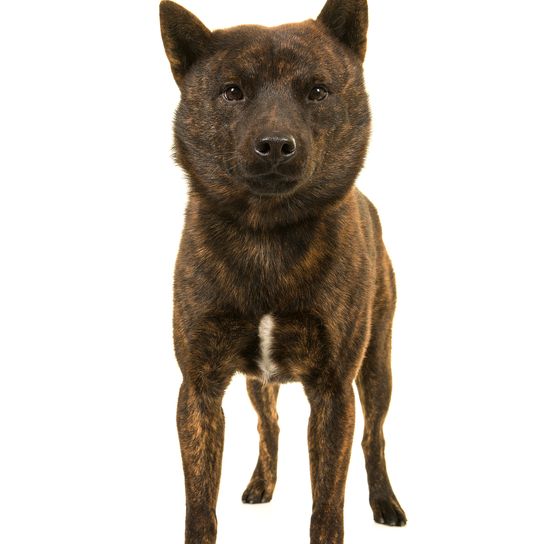
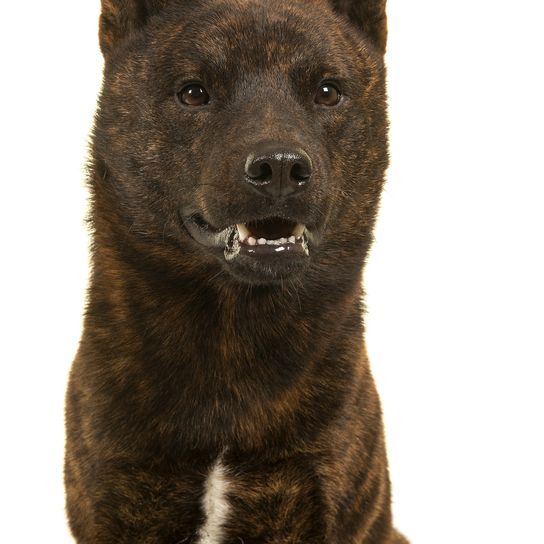
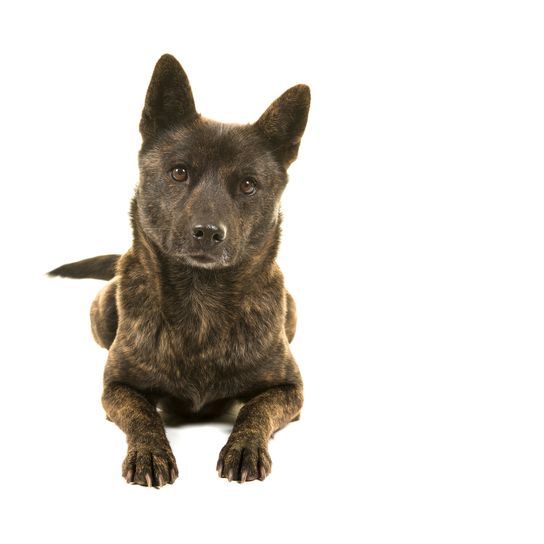
Care of the unique coat
Kai's rough and dense coat requires regular grooming. It is recommended to brush the dog at least once a week to remove dead hair and prevent matting. During the moulting period, which usually occurs twice a year, brushing should be intensified. One advantage: Due to the nature of its coat, the Kai is not prone to unpleasant dog odors and rarely needs to be bathed.
Health aspects
Like many purebred dogs, the Kai also has to contend with certain health problems, but is generally considered to be robust and hardy. There are a few diseases to which particular attention should be paid:
- Hip dysplasia
- Eye diseases
- Certain skin problems
It is advisable to have regular veterinary check-ups and to check the health of the parents when choosing a puppy.
Breeding the Kai
The breeding of the Kai is strictly monitored to ensure the purity of the breed and the health of the dogs. When selecting a Kai puppy, care should be taken to ensure that the breeder follows recognized breeding standards and strives to breed responsibly and ethically. Questions about health certificates, pedigrees and breeding goals can help to assess the seriousness of a breeder.
Overall, caring for and raising a Kai requires both attention and dedication. However, with proper care and attention to health issues, this impressive dog can live a long and healthy life.

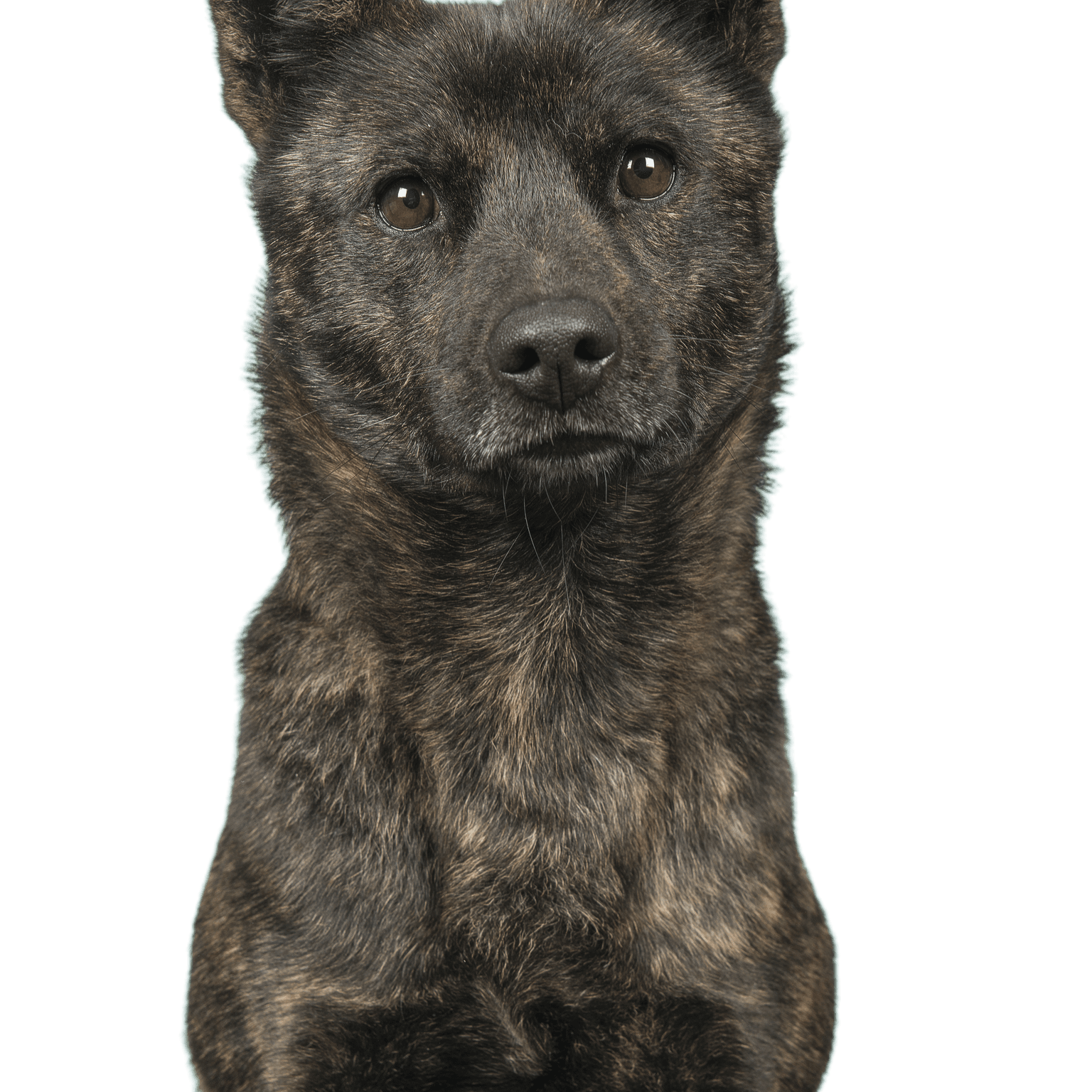
Head and expression
The head of the Kai Ken is distinctive and well proportioned. The forehead is broad and the stop rugged, with only a slightly pronounced forehead furrow. The nose is black and the bridge of the nose is straight. The muzzle is pointed, moderately broad and not too long. The lips are tight and the strong scissor bite ensures a firm bite. Well-developed cheeks emphasize his robust head.
His triangular, dark brown eyes are set at a slight angle, with the outer corners of the eyes slightly raised, giving him an alert, intelligent expression. The upright ears are also triangular and slightly tilted forward, emphasizing his alert nature.
Neck and build
The neck is strong, thick and muscular, giving the Kai an imposing stance. Its withers are high, the back straight and short, while the loins are broad and muscular. The deep chest provides plenty of room for the heart and lungs, with moderately arched ribs supporting a compact but flexible body structure. The belly line is slightly tucked up, which rounds off his athletic, agile appearance.
Tail and limbs
The high-set tail is strong and is carried either curled or in a sickle shape over the back. When relaxed, the tip of the tail reaches almost to the hock.
The forelegs are muscular and well angulated. The shoulder blade is moderately sloping, the upper arm forms a slight angle with the shoulder and the elbows are close to the body. The forearms are straight, strong and muscular, with a slightly sloping pastern.
The hind legs are well developed, with strong, elastic hocks. The paws are compact, well arched and close together, with thick, elastic pads and hard, preferably dark nails.
Gait
The Kai Ken moves light-footed and springy, which indicates its agility and maneuverability. Its movements are powerful but elegant and efficient.
Coat and colors
The coat of the Kai Ken consists of a hard, straight outer coat and a dense, soft undercoat. Especially on the tail, the hair is slightly longer and protruding.
Its typical coat color is brindle, whereby there are three color variations:
- Black brindle
- Red brindle
- Brindle
A special feature of this breed is that puppies are initially born solid-colored and develop their brindle pattern over time.
Size and proportions
The Kai Ken is a medium-sized dog breed, with a height at the withers of around 50 cm for males and 45 cm for females. A deviation of ±3 cm is possible.
| Fur length | short |
| Fur | flat coated |
| Ear shape | Standing Ears |
| Tail | rolled up |
| Anatomy | rugged |
| Size ♀ | 48 - 53 cm |
| Weight ♀ | 16 - 18 kg |
| Size ♂ | 48 - 53 cm |
| Weight ♂ | 16 - 18 kg |
| Suitable For | - |



Known Diseases
Hip dysplasia (HD)
Hip dysplasia (HD) is a genetic condition in dogs where the hip joint is not shaped properly. This leads to pain, stiffness and restricted movement.
Elbow dysplasia (ED)
Elbow joint dysplasia is a chronic disease complex of the elbow joint of fast growing dog breeds.
Eye diseases
Often occur with allergies and intolerances.
Joint problems
Especially due to overweight, joint problems can occur in dogs.
FAQ
-
The Kai Ken is a rare Japanese dog breed that originally comes from the Kai prefecture on the island of Honshū. It was bred as a hunting dog for wild boar and deer and is considered one of the purest and most original Japanese breeds.
-
The Kai Ken is a medium-sized dog. Males reach a height at the withers of around 50 cm, females around 45 cm, with a tolerance of ±3 cm. The weight varies between 12 and 18 kg, depending on sex and build.
-
Yes, the Kai Ken can be a faithful, intelligent and loyal family dog. He builds a strong bond with his family, but is often reserved around strangers. Early socialization is important to get him used to different people and environments.
-
Kai Ken is intelligent and capable of learning, but also independent and self-reliant. It is easy to train if you work with patience, positive reinforcement and consistency. Harsh training methods are not recommended for this sensitive breed.
-
Very strong! The Kai Ken was specially bred to hunt deer and wild boar and has a strong hunting instinct. He should therefore not be walked off the lead in open areas unless he has been reliably trained to recall.
-
With good socialization, the Kai Ken can get along with other dogs. However, his territorial behavior can lead to problems, especially with dogs of the same sex. Small animals such as cats or rabbits could be seen as prey.
-
The Kai Ken's dense, brindle coat is easy to care for. Weekly brushing is sufficient to remove loose hair. During the shedding season in spring and fall, however, it can shed heavily, which is why more frequent brushing is necessary.




